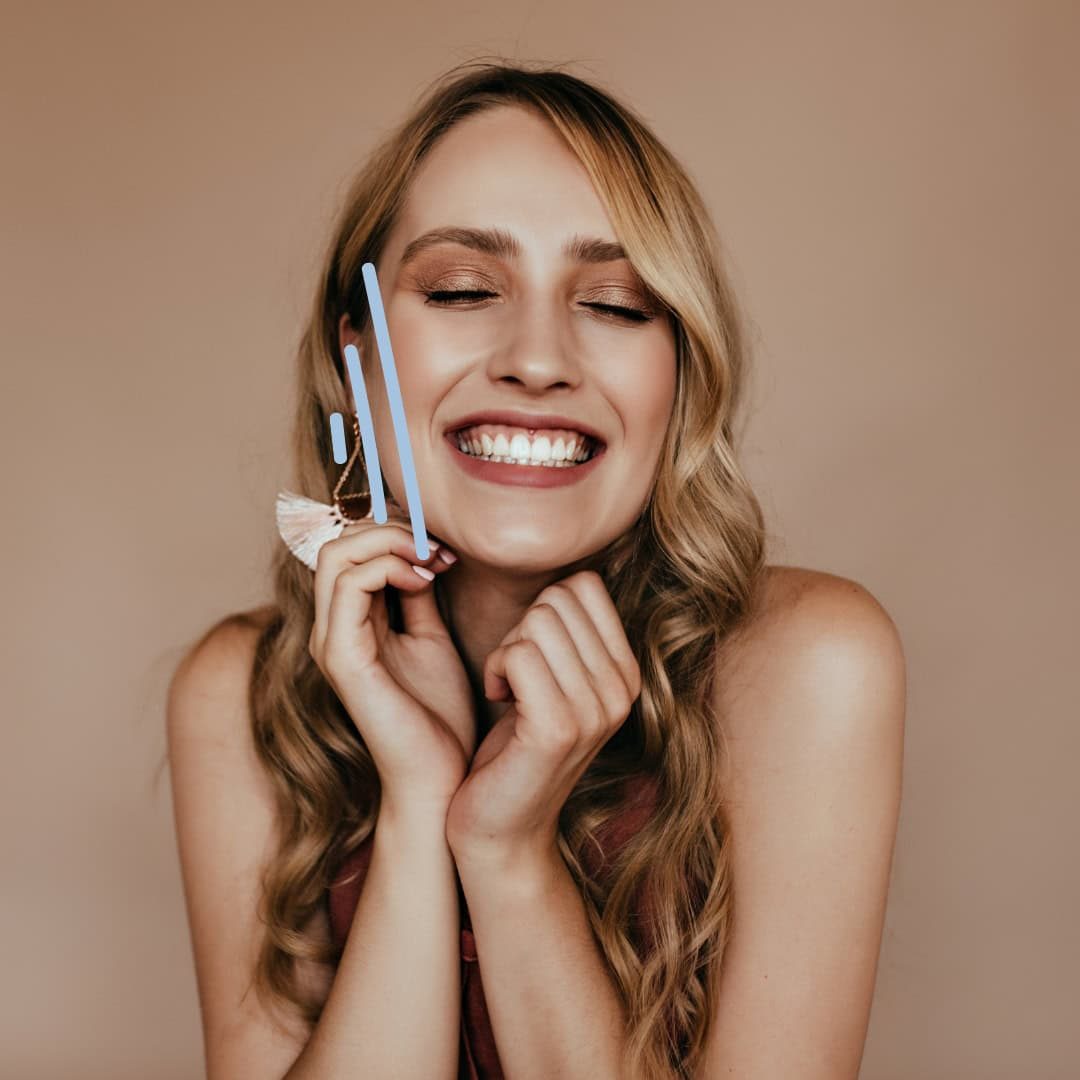We’re doing a “who’s got glow” poll right now and you’re winning.
With all of the different products and services promising to transform your skin, it’s easy to feel overwhelmed. Let’s cut through all the gimmicks and go straight to what works: chemical peels.
But what exactly is a chemical peel? How do they work and what are their benefits?
We’re here to help! Keep on reading to learn more about chemical peeling and why it’s the best option for your skin.
What Are Chemical Peels?
The first thing you should know is exactly what a chemical peel is. It’s a cosmetic treatment that is applied to the face, neck, and hands. It improves the feel and appearance of your skin.
During the treatment, chemical solutions are applied to the area being treated. The solution causes your skin to exfoliate and peel off. The skin underneath will be less wrinkled and smoother.
The biggest benefit of a face peeling treatment is that the results are undeniably impressive. If you’re looking to improve any sun damage, wrinkles, acne scars, uneven skin tone, or hyperpigmentation then you’re sure to be happy with the results.
People tend to worry that chemical peels are painful, but that’s a common misconception. Many aestheticians and dermatologists prefer to do chemical peels because they’re easy to do and very effective.
You also won’t be peeling for weeks. The treatment works at the cellular level, any visible peeling is a side effect of the dead skin getting removed.
The most common side effects include redness and swelling. Any normal healing from chemical peels involves the treated skin being red for a few weeks.
Less common side effects include scarring, infection, or changes in skin color.
The Different Types of Chemical Peels Available
As you may have suspected, there isn’t only one type of chemical peel.
Superficial peels use mild acids like alpha-hydroxy to gently exfoliate. This is a great option for people who don’t have any significant issues with their skin since it only penetrates the outermost layer.
During a light chemical peel, your provider will use a cotton ball, brush, or sponge to apply the chemical solution. You may feel some mild stinging. Once it’s done, your provider will apply a neutralizing solution or wash to remove the chemical solution.
Medium peels use glycolic acid to reach the middle and outer layer of skills. This makes it more effective for removing damaged skin cells. Your provider may apply cool compresses to soothe your skin.
With medium chemical peels, you may feel stinging and burning for up to 20 minutes.
Deep peels fully penetrate the middle layer of the skin with trichloroacetic or phenol acid. This helps remove damaged skin cells.
For more intense peels, you might be given IV fluids and your heart rate will be monitored.
You can talk to your skincare specialist about your concerns, whether it’s acne, hyperpigmentation, aging, etc, and see what type of chemical peel they recommend. They may have different names for the different intensities and acids used.
How to Prepare for Your Chemical Peel
Once you’ve found the right medical spa for your treatment, you’ll want to schedule a consultation to discuss your reasons for wanting a skin peel. The consultation is a great time to talk about your goals and to see if you’re a suitable candidate for the treatment.
Your health history will be discussed so there’s no increased risk of complications.
There will likely be a physical exam of the skin as well.
The skincare professional that you select will give you a set of preparation activities to perform. These activities help optimize the efficacy of the treatment. Although the specifics range, you’ll likely need to limit UV exposure, pack on the sunscreen, and you may even be prescribed a certain cream.
Be sure to avoid any dermabrasion or waxing of the face a few weeks before your face peel.
The day before your procedure, wash your face with non-residue soap. Also, avoid any moisturizers and make-up.
Aftercare for Your Chemical Peel
Aftercare is an important step to follow after your peel. You can minimize your skin’s downtime by following these tips:
- Wash your face with cool water so you can soothe post-peel stinging
- Apply a sunscreen with SPF30 or more since your skin will be more delicate after a peel
- Avoid direct sun exposure since this will lead to more visible signs of skin aging
- Increased blood circulation to the face can intensify unpleasant side effects so be sure to avoid dry saunas, steam rooms, and strenuous workouts for a few days after your peel
- No need to use a separate exfoliate within 3-4 days of your peel, more exfoliating can lead to irritated skin
Taking the time to treat your skin kindly after a chemical peel will ensure that you minimize the risk of any complications.
Everything to Know About Chemical Peeling
We know that the idea of getting a chemical peel sounds intense, but you’ll be shocked at the difference it makes. Sure, there are plenty of high-quality products that can give your skin an unbeatable glow, but why not fast forward and get the results you want almost immediately?
When it comes to chemical peeling, it’s best to do your research and learn everything about it. That way, you’ll feel comfortable with your decision and can look forward to your new skin.
You’re likely ready to book the appointment for a chemical peel right now so let’s not wait any longer. Chin Up! Aesthetics offers VI Peels that are individualized to your skin. Book a free consultation with us today!


![]](https://chinupaesthetics.com/wp-content/uploads/2025/06/example-1-scaled-1-600x400.jpg)
![]](https://chinupaesthetics.com/wp-content/uploads/2025/06/chatgpt-image-may-30-2025-09_52_57-am-e1748613353866-600x502.png)
![]](https://chinupaesthetics.com/wp-content/uploads/2025/06/example-6-scaled-1-600x316.jpg)
![profile portrait of beautiful african american girl touching her lips]](https://chinupaesthetics.com/wp-content/uploads/2025/06/profile-portrait-of-beautiful-african-american-gir-2022-10-07-02-19-46-utc-scaled-1-600x379.jpg)